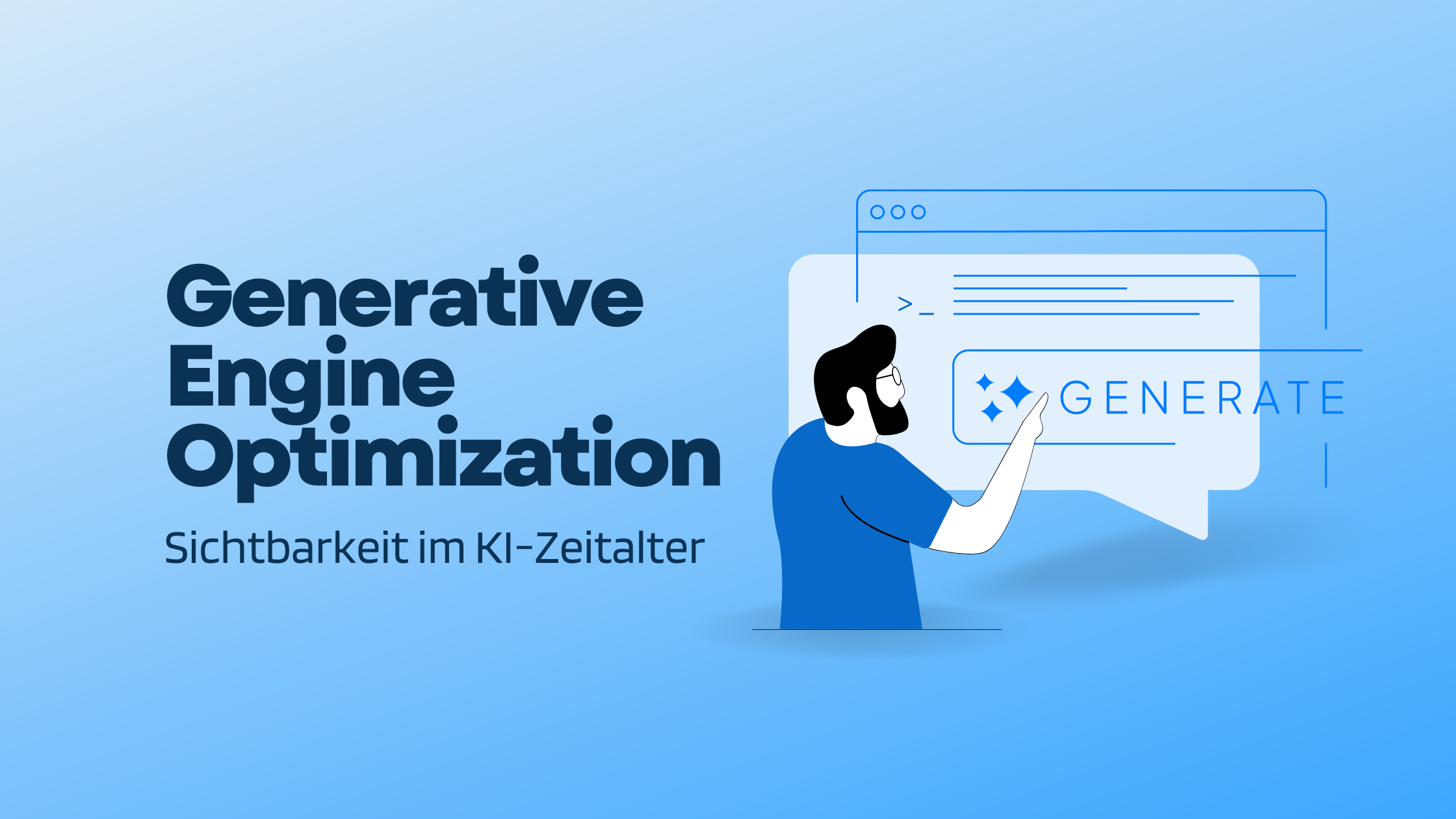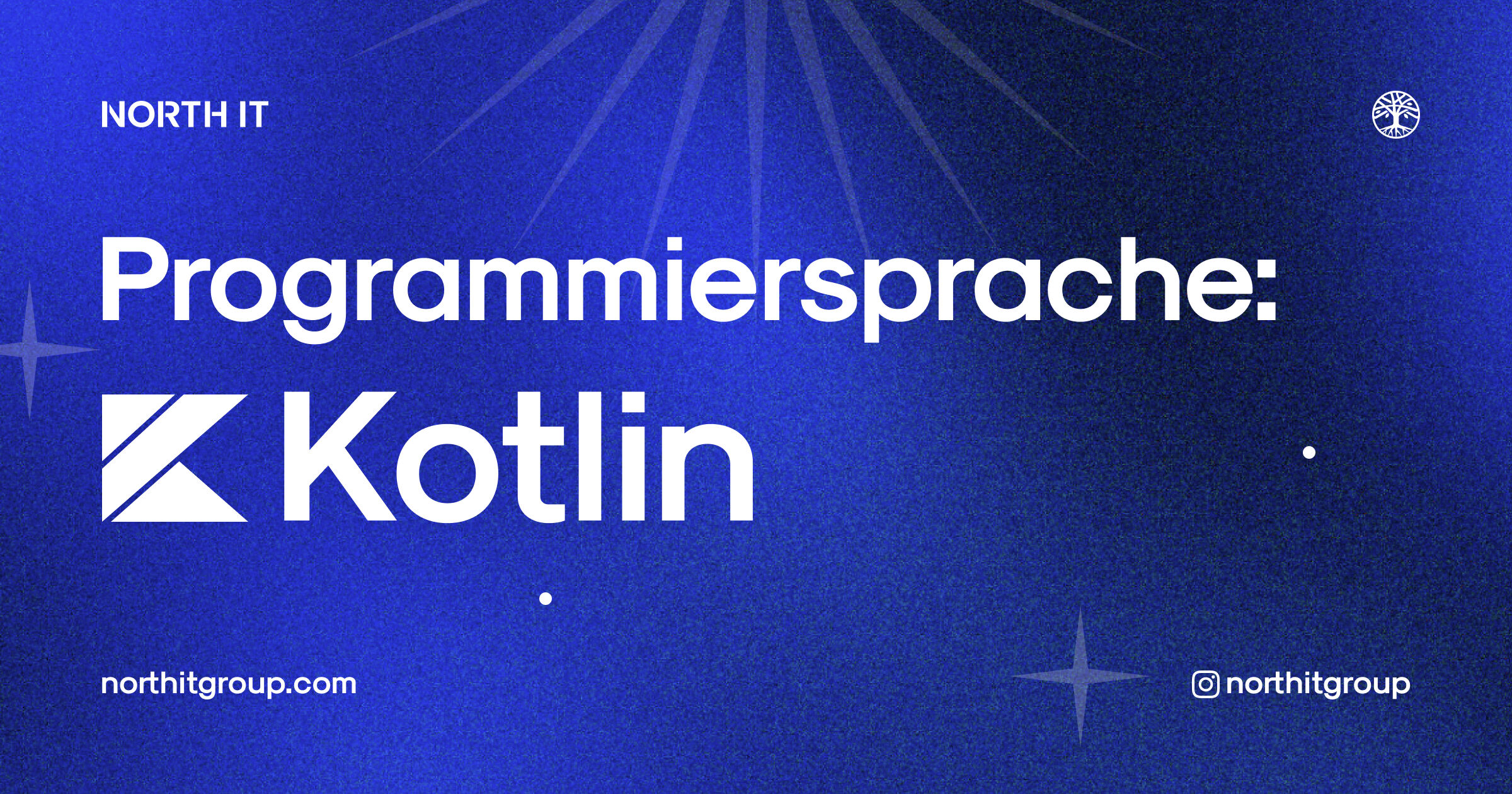Rethinking Visibility in the Age of AI: GEO
Over the past few months, we've noticed something in our web stats – and our clients have asked similar questions: Why are top rankings generating fewer clicks? The answer lies in how search is changing: ChatGPT and others now provide answers directly – often without a user ever clicking on a website. One term is key here: GEO – Generative Engine Optimization.
What does GEO mean?
GEO stands for Generative Engine Optimization. The concept describes the optimization of content for AI systems that no longer just return lists of links, but instead generate their own answers. The goal is to prepare content so it can be understood, interpreted, and used in responses by systems like ChatGPT.
Why GEO matters
Search engines like Google are integrating generative AI directly into the search experience (e.g., via Search Generative Experience – SGE). AI-powered answers are pushing classic results down. If you're not present there, you're losing visibility – even with top SEO metrics. GEO isn't an add-on – it's an essential evolution of modern content strategy.
How does GEO compare to classic SEO?
SEO aims at top rankings in traditional search engines, while GEO focuses on visibility in AI-generated answers like those from ChatGPT or Google AI Overviews. The emphasis shifts from keywords and clicks to machine-readable, authoritative content that can be cited without a website visit.
| Aspect |
SEO (classic) |
GEO (generative) |
| Goal |
Top positions in organic search results |
Being cited and visible in AI-generated answers |
| Search Environment |
Google Search, Bing, traditional engines |
ChatGPT, Google AI Overviews, Perplexity, Gemini, Copilot |
| Content Structure |
Keyword-focused, snippet-optimized, meta data |
Q&A formats, precise statements, BLUF (Bottom Line Up Front) |
| Optimization Focus |
Ranking, CTR, organic traffic |
Authority, quotability, visibility without clicks |
| Measurability |
Rankings, clicks, impressions (Google Search Console) |
Citations in AI, branded searches, mentions |
| Technical Setup |
robots.txt, Core Web Vitals, sitemap, canonicals |
Schema.org markup, machine-readable content, AI crawler access |
| ROI |
Traffic-based, directly measurable |
Long-term authority building, indirect brand impact |
What GEO requires
At its core, GEO means creating content that is more structured, clearer, and fact-based – with a focus on machine readability.
Key building blocks:
- Clear statements in quotable language
- Logically structured content (headlines, bullet points, FAQs)
- Evidence-based content with identifiable authors or organizations
- Schema.org markup for machine-readable classification
- E-E-A-T principles (Experience, Expertise, Authority, Trust)
Our approach at North IT Group
To remain visible ourselves, we take a technical approach on our websites and help our clients and partners make their content and digital presence GEO-ready – from analysis to execution:
- Technical and content audits with GEO focus
- Implementation of structured content for AI models
- Optimization for tools like ChatGPT, Perplexity & Google SGE
- Training for internal teams: understanding and applying GEO
Conclusion: The next evolution of online visibility
GEO is not a trend. It’s the logical consequence of a new digital reality, where answer engines are replacing search engines. If you want to be visible in AI-generated answers, now is the time to align your content accordingly. We’re here to help. Yours, Dimitri Kling
FAQ – Generative Engine Optimization (GEO)
What is Generative Engine Optimization (GEO)?
GEO refers to the targeted optimization of content for AI systems like ChatGPT, Google AI Overviews, or Perplexity. The goal is to be visible and quotable in AI-generated responses – not just in traditional search results.
Why is GEO so relevant for businesses now?
Search behavior is changing rapidly: more and more users are asking questions directly to AI systems. GEO is becoming a key strategy to maintain visibility and reach – even without a click to your website.
How do traditional search engines differ from generative engines?
While traditional search engines rank websites based on keywords, generative engines deliver direct, summarized answers. They combine content from multiple sources – often without visible linking.
How is user behavior changing with AI search?
More and more searches end without a click. Users expect quick, context-rich answers. Search journeys are shortening, and conversational interaction is rapidly increasing.
What technologies power generative engines?
The foundation is formed by Large Language Models (LLMs) like GPT-4 or Gemini, enhanced with Retrieval-Augmented Generation (RAG). This enables factual and up-to-date AI responses.
What is Retrieval-Augmented Generation (RAG)?
RAG combines an LLM’s prior knowledge with up-to-date web content. The AI fetches relevant sources, enriches them with its existing knowledge, and generates a well-founded response – in real time.
Which providers are driving this development?
Market leaders like ChatGPT, Google Gemini, Perplexity, and Google AI Overviews are already transforming millions of daily searches. The classic "10 blue links" are losing relevance.



